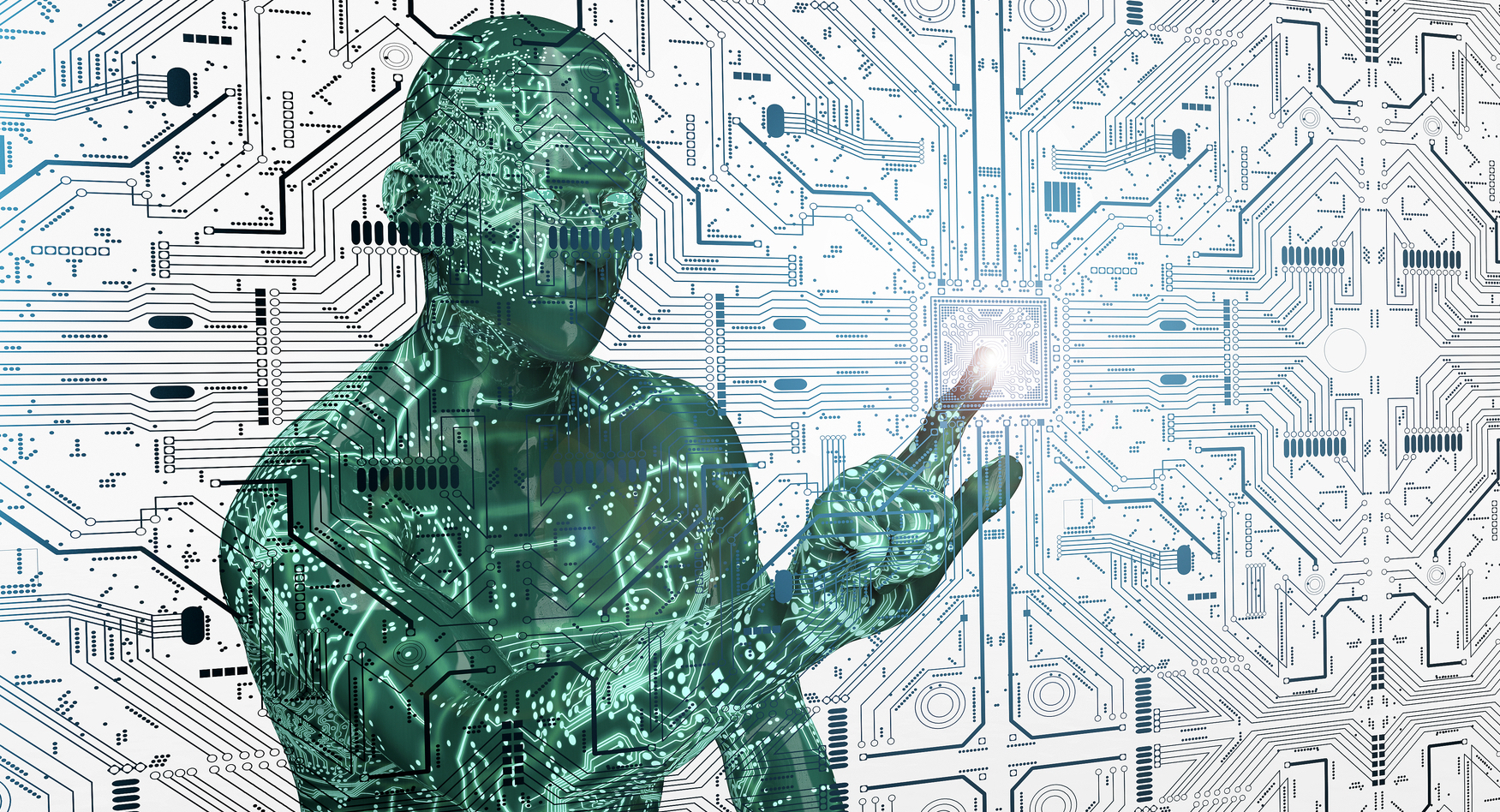
Can a carpet become your personal health assistant?
Perhaps not a full-service model, but researchers at MIT's Computer Science and Artificial Intelligence Laboratory (CSAIL) have developed a new “tactile sensing carpet” that can monitor human activity and potentially become a tool for remote patient monitoring.
According to an MIT article, “the CSAIL team’s system only used cameras to create the dataset the system was trained on, and only captured the moment of the person performing the activity.”
In short, a person would simply have to get on the carpet, perform an action, and then the team’s deep neural network could determine if the person was doing sit-ups, stretching, or doing another action.
"You can imagine leveraging this model to enable a seamless health-monitoring system for high-risk individuals, for fall detection, rehab monitoring, mobility, and more," explained Yiyue Luo, a lead author on a paper about the carpet.
According to reports, “the researchers' intelligent carpet measures 36 square feet and includes an integrated tactile-sensing array consisting of over 9,000 pressure sensors that can be embedded on the floor. It also includes readout circuits to allow real-time recordings of humans interacting with the carpet.”
Each of the sensors on the carpet convert the human’s pressure into an electrical signal, through the physical contact between people’s feet, limbs, torso, and the carpet. The system, explained MIT CSAIL, was specifically trained on synchronized tactile and visual data, such as a video and corresponding heatmap of someone doing a pushup. The model takes the pose extracted from the visual data as the ground truth, uses the tactile data as input, and finally outputs the 3-D human pose.
In total, the researchers referenced over 1.8 million synchronized tactile and visual frames for 10 people performing diverse activities, such as lying, walking, and exercising.
"You may envision using the carpet for workout purposes. Based solely on tactile information, it can recognize the activity, count the number of reps, and calculate the amount of burned calories," says Yunzhu Li, another of the paper's authors.
This past spring, the CSAIL team published a paper describing the development of “tactile fabrics” that could be used in “smart clothes” for athletic training and rehabilitation. They could also passively monitor the health of residents in assisted-care facilities and determine if, for example, someone has fallen or is unconscious.
Photo by posteriori/Getty Images


